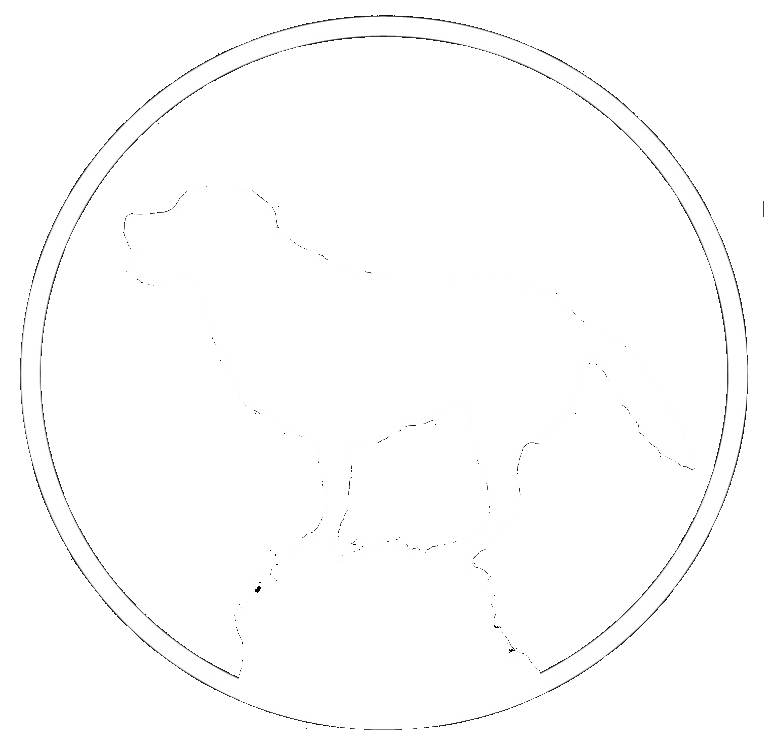In sessions I see a lot of owners saying their dog’s name in the place of giving a command. Heck, I even do it sometimes. I always compare this to trying to ask your friend or partner or client to do something by only saying their name. If I was trying to give a client coaching on loose leash walking and said, let’s say, “Jane” in a soft, friendly sing-songy voice, I may get a glance from her, but it would probably be accompanied by a raised eyebrow as she thought to herself ‘what is going on? Does she want my attention?’ Saying a name with no other words usually serves just that purpose, to get someone’s attention.
Now let’s say she glanced at me, but that wasn’t what I wanted. I was trying to get her to slow her pace or to give her dog a cue with the leash or stop staring at her dog as she walked. I didn’t get what I wanted, so I say louder, “Jane!” And she responds with a more frustrated glance that says “what?” Clearly she is doing something I don’t want her to do, or not doing something I do want her to do, but she has no way of knowing what. I’m not giving her any instruction, I am only saying her name.
By now she must be annoyed. She knows something is going wrong, but doesn’t know what it is or how to fix it. I’m frustrated too, because I’m not getting the desired result, so I bark out “JANE!” and storm towards her, throwing my hands in the air because I don’t understand why things are going so badly.
Well, in this situation I would clearly be a poor communicator. If Jane had been working with me a long time and I had told her 100 times, “hey, stop staring at your dog as you walk” then I warned her that I couldn’t keep telling her the same thing over and over, when I said her name, she would probably know that I had caught her doing the thing she knew that she wasn’t supposed to be doing, she may think to herself, “crap, I was staring at my dog again!” and correct the error without my having to explain what my admonition was in reference to. I knew that she would know because we had already established that in many previous conversations.
Sometimes, you can use your dog’s name as a correction. Especially if you have more than one dog (or children)dog, the word “no” or an ‘eh-eh’ sound could apply to anyone. In this case, use your gaze, your attention and your body language to indicate wh0 your voice is being directed at.
If your dog is consistently unreliable responding to commands, plays too rough, lags behind, wanders off or gets too far away, when caught in the act you can sharply and loudly say their name, and, realizing the jig is up, they will usually snap back into gear. When they know the behavior you want,when you call them out, they have the ability to immediately comply.
If you say your dog’s name and they don’t connect the dots on what is going wrong, say their name again and add the command. If that still doesn’t work, you will know that either this task has not been truly established with your dog or your dog is having a moment where they got so excited they temporarily lost their mind - or at least the part of it that is inclined being obedient.You will then approach your dog to guide them, correct them, or otherwise achieve the behavior you were looking for.
What is important that you establish what you want in each instance through training. Take your time, lay the groundwork, show your dog right from wrong multiple times and reinforce the behaviors you want while preventing, correcting or disincentivizing those you don’t want. While teaching your dog what behavior or mentality you are looking for, it’s important that you interrupt the behavior you don’t want, you can sometimes do this by calling your dog’s name. That interruption must be quickly followed with showing your dog what you DO want.
If your dog is playing too rough, say ‘easy’ and if they don't take it down a few notches, call them back to you or step in and interrupt their play to ask them to sit and collect themself or take a break on leash for a while. If your dog is lagging behind, say their name to get their attention and if they don’t automatically respond by catching up , ask them to ‘come come’ or keep moving saying ‘let’s go’ or tell them to get off the smell with a ‘leave it.’ If those don’t work, start walking back towards them, repeating the command or making sounds (Shhh Shhh, Hey, or a clap) to get their attention and let them know you’re a comin’ for ‘em. Usually once you start making our way towards your dog they know the best option is to leave the smell and come along.
In summary, using your dog’s name is a good way to get their attention and can sometimes take the place of a command. However, if your dog doesn’t seem to understand what you want from them, it’s your job to tune into that and change your approach after the second time you use their name and don’t get the response you wanted. If you do get the response you were looking for, be sure to relax your manner and reward your dog with cooing sounds and a pet.

